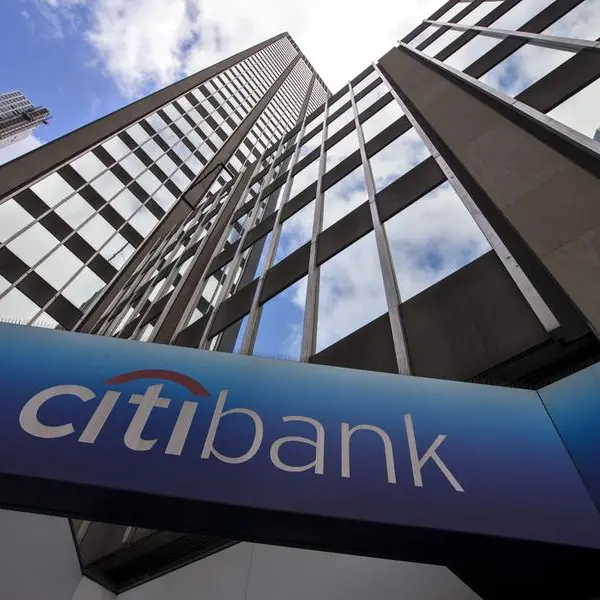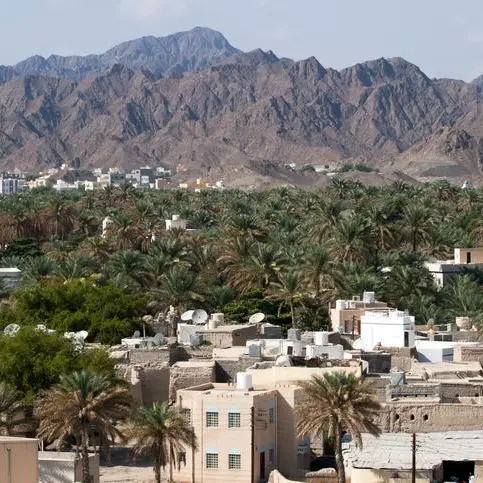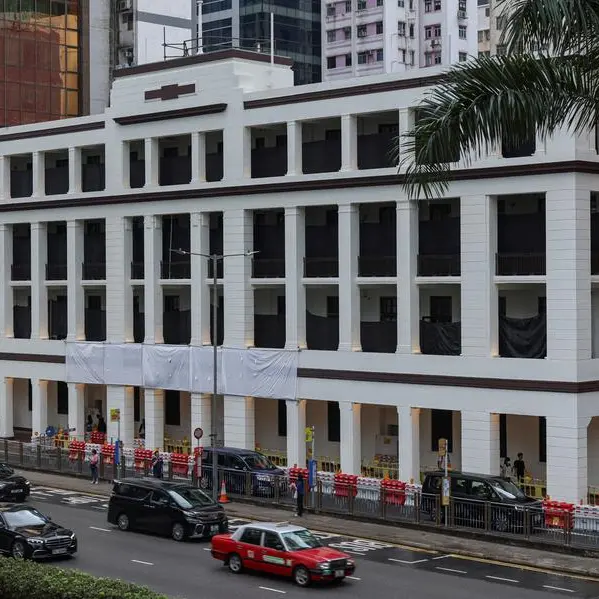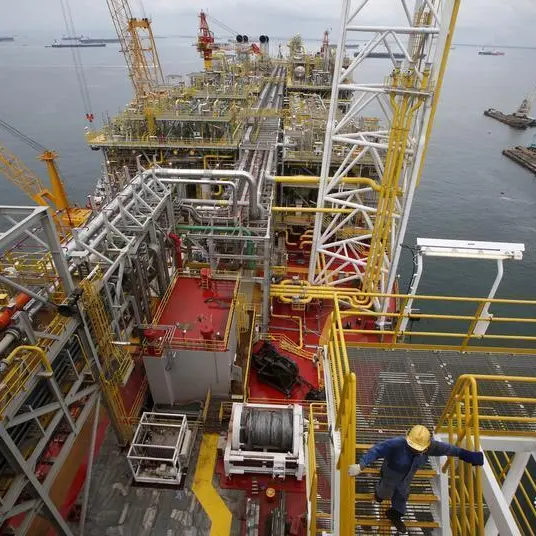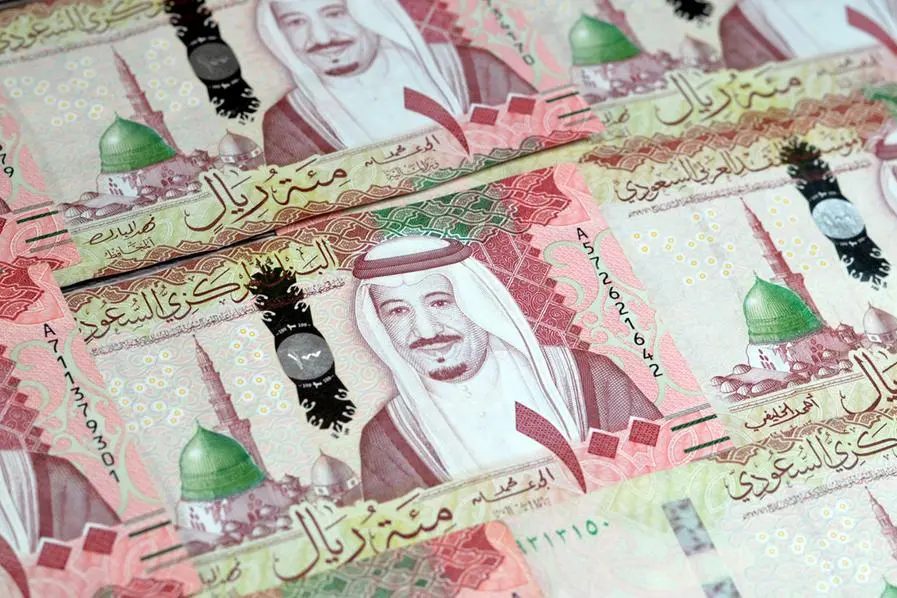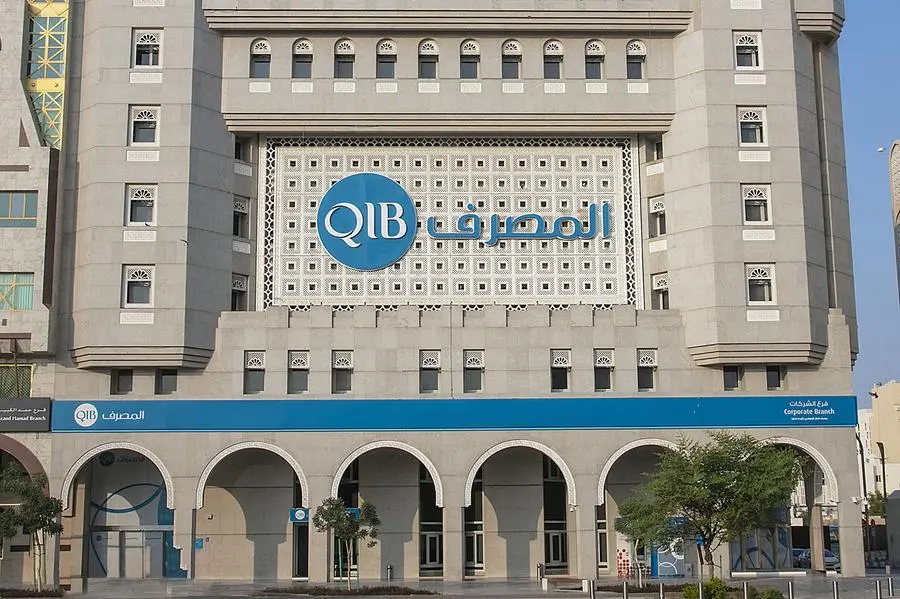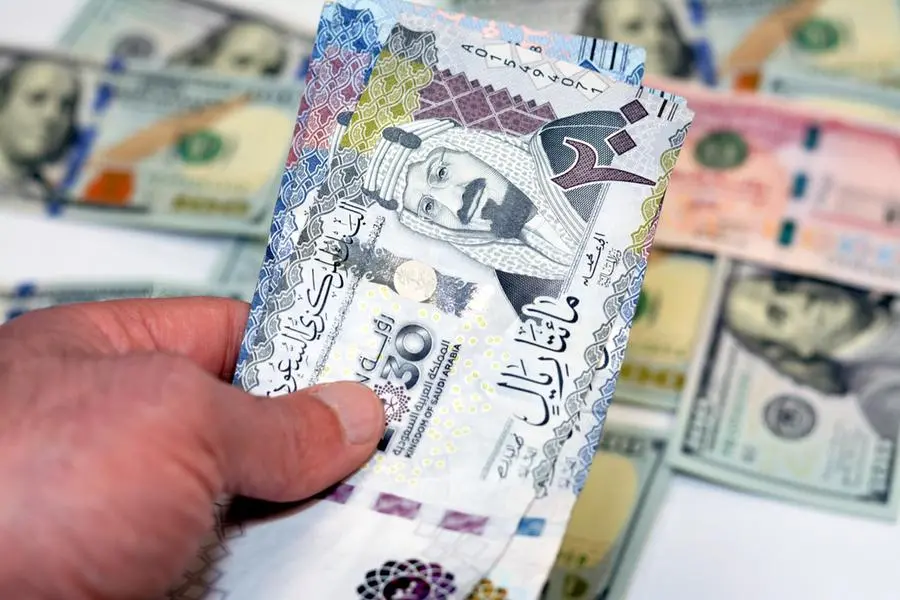PHOTO
This general view taken from a ferry shows the city's skyline during evening hour in Hong Kong on December 19, 2022. (Photo by Philip FONG / AFP) Image used for Illustrative purpose.
China's economy grew 6.3 percent year on year in the second quarter, a figure that belies the country's slowing post-pandemic recovery and one that analysts warn is inflated given the low base of comparison with lockdown-wracked 2022.
Beijing's National Bureau of Statistics (NBS) released the growth data on Monday, saying in a statement that the economy "showed a good momentum of recovery".
"By quarter, the GDP grew by 4.5 percent year on year in the first quarter and 6.3 percent in the second quarter," NBS spokesman Fu Linghui said.
"Market demand gradually recovered, production supply continued to increase, employment and price were generally stable, and residents income grew steadily," he said.
But China's recovery, which has been slow to take hold in some sectors, appears to already be running out of steam.
Analysts polled by AFP ahead of the data release had predicted a 7.1 percent year-on-year rebound, while warning that the figure would not accurately reflect the state of the economy given the comparatively sorry state of affairs in 2022.
A year ago, with restrictions such as sudden lockdowns, travel curbs and factory closures the norm, China posted 0.4 percent on-year growth, one of its lowest quarterly readings in recent years.
In quarter-on-quarter terms -- considered a more realistic basis for comparison -- Monday's data showed the world's second-largest economy only grew 0.8 percent in April through June.
That is down from the 2.2 percent growth seen from January through March, after lukewarm activity from October to December last year.
And additional data released Monday showed the post-pandemic recovery petering out, likely to boost growing calls for greater economic stimulus.
Retail sales, a key gauge of consumption, edged up 3.1 percent in June from a year earlier, according to the NBS, slowing from the 12.7 percent rise in May.
It was in line with expectations of analysts polled by Bloomberg, but signalled shaky consumer confidence.
"Consumption remains a driving force for the economic recovery," Erin Xin, Greater China Economist at HSBC, told AFP.
"In some areas, particularly in services, the revival has been particularly strong," she said, adding that consumption levels had not recovered to pre-pandemic levels.
Unemployment among Chinese youth also jumped to a record 21.3 percent in June, up from 20.8 percent in May, the NBS said on Monday.
Low demand means companies are hesitating to hire, taking a "wait-and-see" attitude before expanding operations, said Harry Murphy Cruise, an economist at ratings agency Moody's.
Memories of 2022's repeated lockdowns and suddenly shifting policies were adding to their hesitancy, he said.
"Unfortunately... a revival in business activity is needed for broader demand to lift. That stalemate is keeping business activity weak," he added.
China is aiming for about five percent growth this year, one of the lowest targets set by the Asian giant in decades.
Last year, China's GDP grew 3.0 percent, well below the official target of 5.5 percent.



